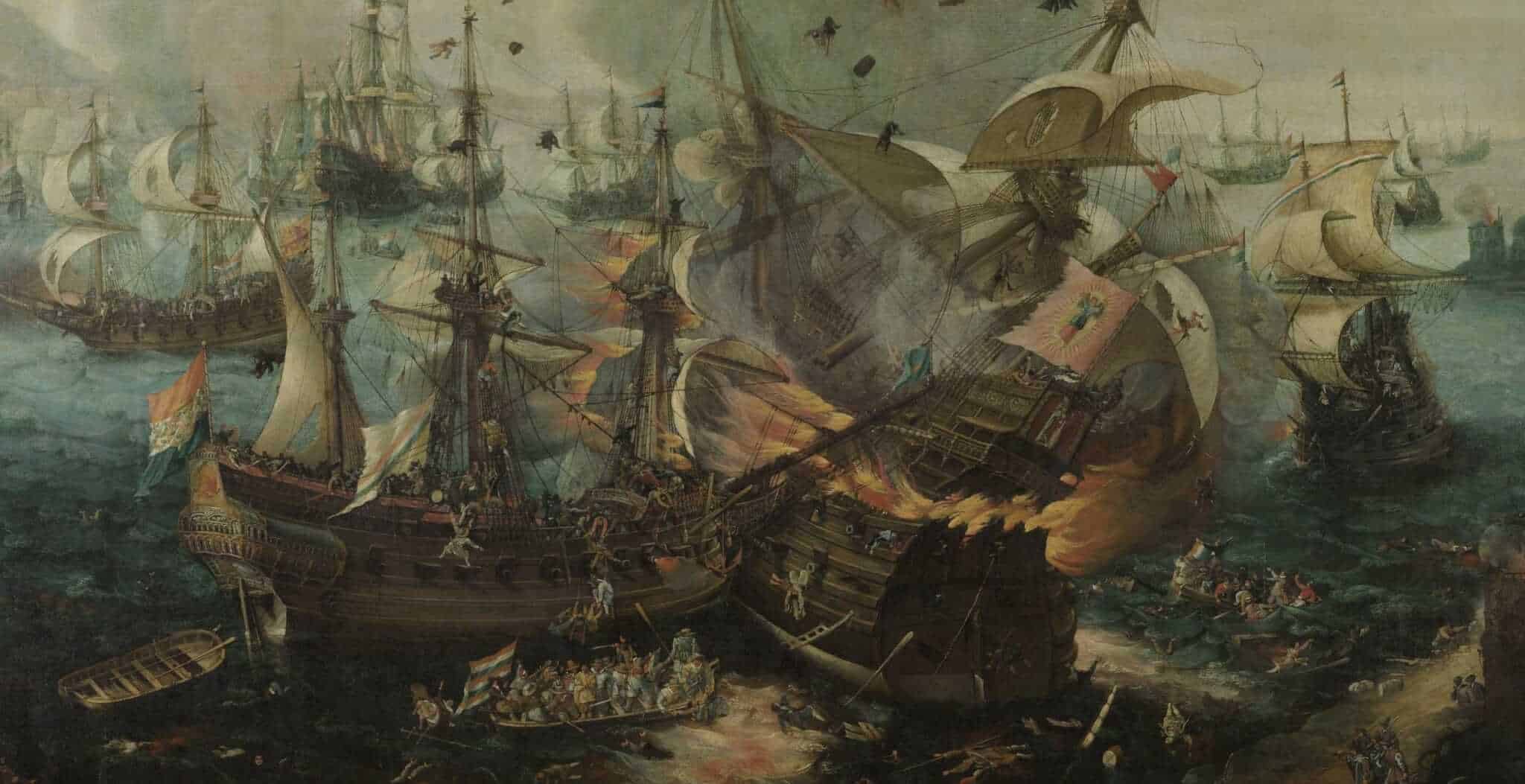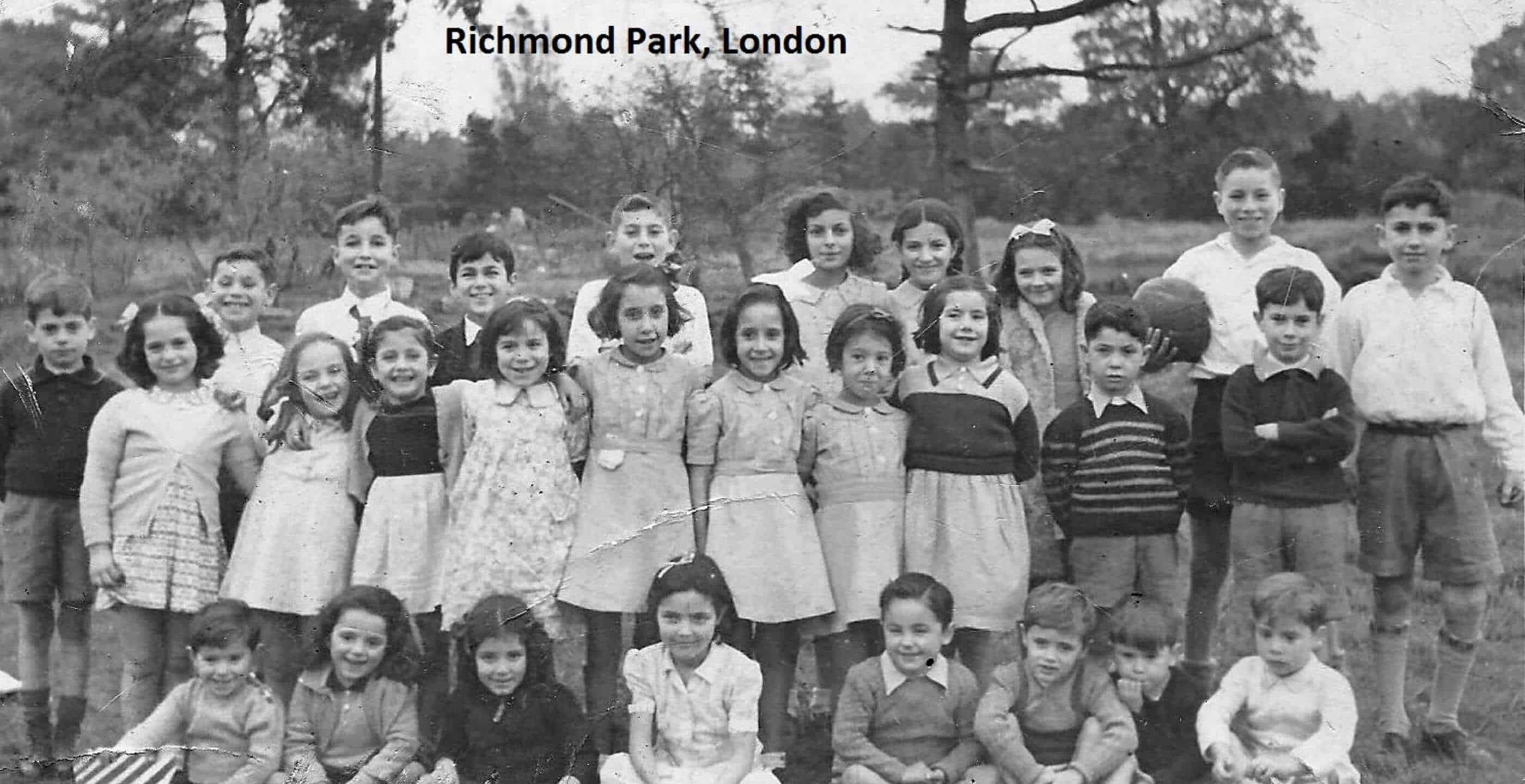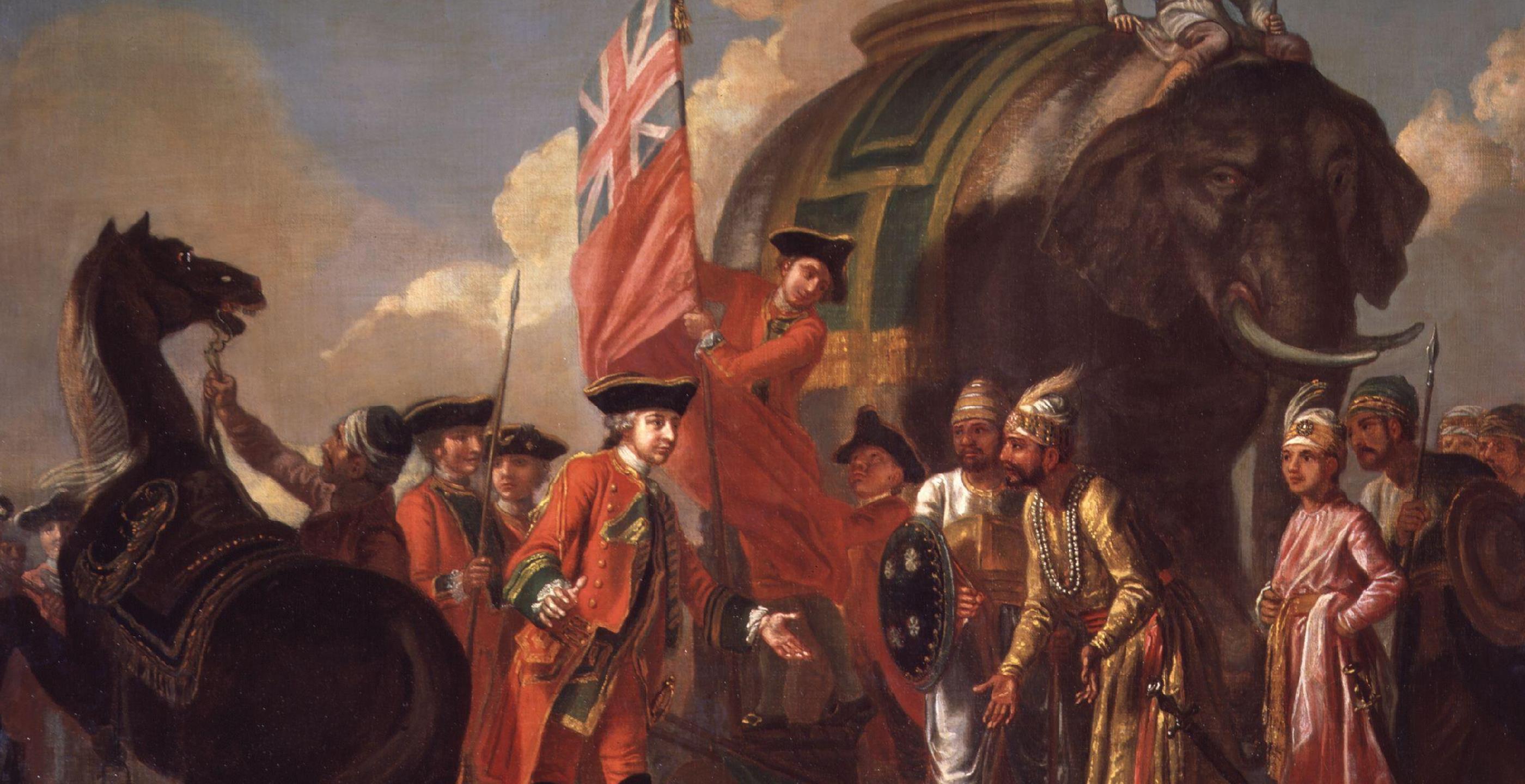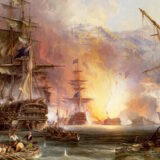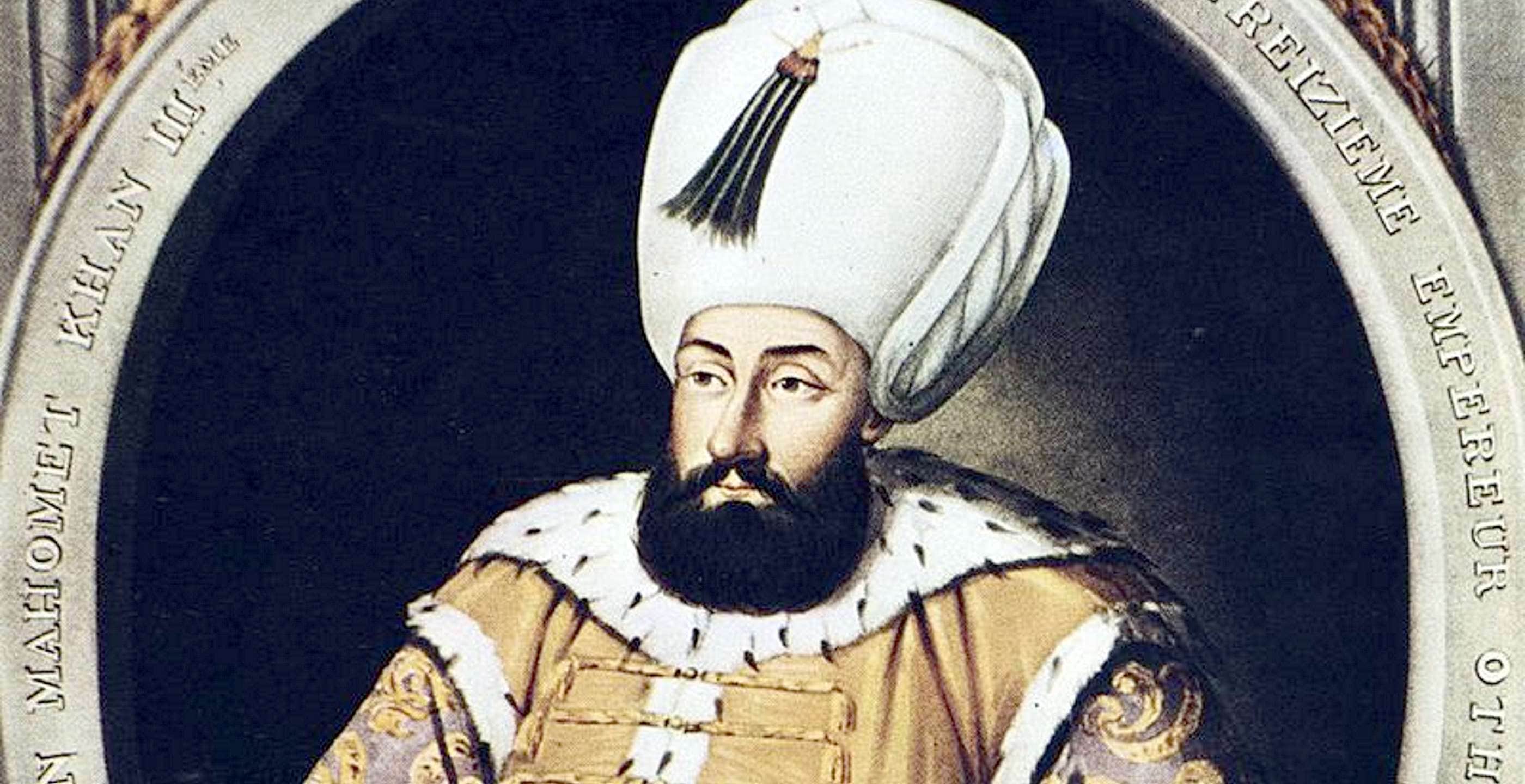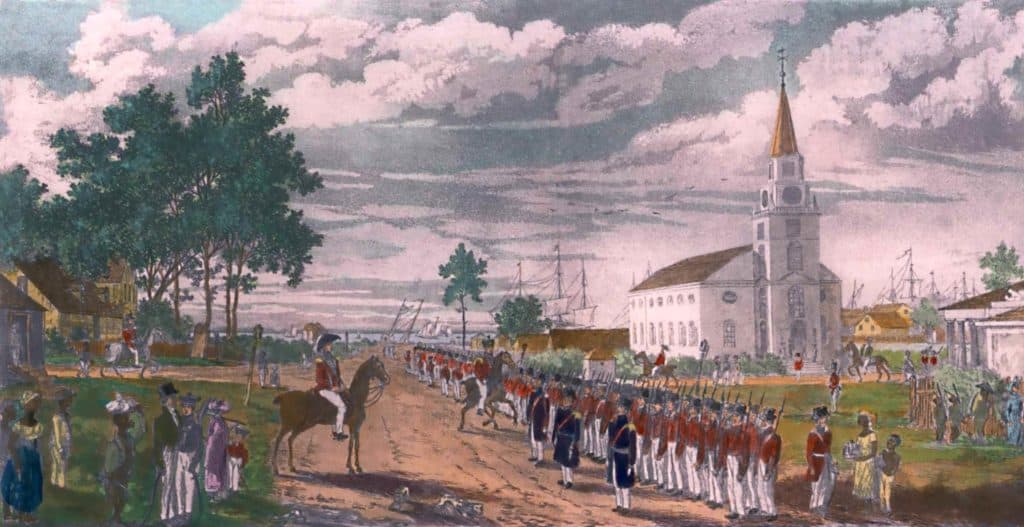The six square kilometres of the Rock of Gibraltar are steeped in history, from the very beginning around 100,000 years ago when primitive humans and Neanderthals fished the shoreline and inhabited the limestone caves, to visiting Phoenician and later Roman seafarers. It was the Moors of Tarek ibn Ziyad however that first settled the Rock in 711AD, and since then, this much-prized site and its people have witnessed many sieges and battles over the centuries.
The position of Gibraltar guarding the entrance to the Mediterranean is unrivalled, and has for many years been fought over by Spain, France and Britain, all claiming possession.
Gibraltar was captured by the British Fleet in 1704 during the war of the Spanish Succession. On 4th August 1704, an Anglo-Dutch fleet under the command of Admiral George Rooke took Gibraltar from the Spanish. From dawn on that day and for the next five hours, some 15,000 canons were fired from the fleet into the city. The invaders, led by the English majority, landed the same morning and not surprisingly encountered little opposition.
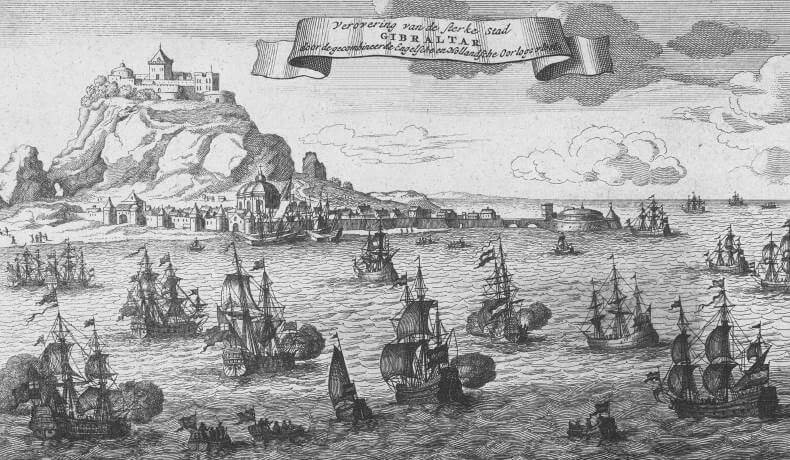
Under the Treaty of Utrecht in 1713 Gibraltar was ceded to Britain. This treaty stated “the town, castle and fortifications were to be held and enjoyed for ever without any exception or impediment whatsoever.” This treaty was renewed again in 1763 by the Treaty of Paris, and in 1783 by the Treaty of Versailles.
But of course that hasn’t stopped other countries trying to seize Gibraltar over the centuries. As Spain waited for an opportunity to retake the Rock, sieges became a common occurrence for Gibraltar.
In 1726, war was about to break out as Spanish forces were massed round the Rock. Unfortunately the defences were not in good repair and the garrison only numbered 1,500 men. After a siege and heavy bombardment by the Spanish (during which their guns blew-up and the gun-barrels began to droop), a truce was declared in 1727.
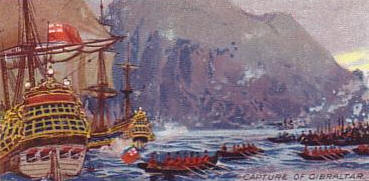
In 1779, what became known as the Great Siege began and the numerous tunnels that are a feature of the Rock are a legacy from this time. This siege lasted from 1779-1783 and reached its climax in 1782. The Spanish planned an attack from the sea and land, preceded by a heavy bombardment. The Spanish ships were carefully prepared with wet sand and wet cork between the timbers and a sprinkler system to put out fires caused by red-hot shot. However this did not work and by the end of the attack on 13th September, the Bay was ‘lit-up’ by burning ships.
During this long siege the Gibraltarians suffered greatly through lack of food. General Eliott was the Governor at this time; he had arrived at the Rock in 1776 and showed himself to be a great leader and planner. As an example to his men he lived on 4 ounces of rice a day when the siege was at its height.
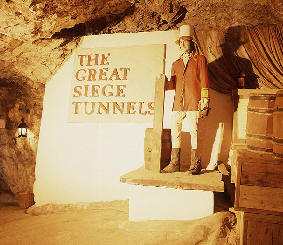 It was during this siege that a Lieutenant Koehler solved the problem of how to fire the cannons from a steep angle of depression, from high up on the Rock down onto the besieging forces. Lieutenant Shrapnel, another of the garrison at that time, developed the ammunition that still bears his name.
It was during this siege that a Lieutenant Koehler solved the problem of how to fire the cannons from a steep angle of depression, from high up on the Rock down onto the besieging forces. Lieutenant Shrapnel, another of the garrison at that time, developed the ammunition that still bears his name.
The numerous tunnels that are still in use today were the responsibility of a Sergeant-Major Ince, and these tunnels made it possible for the guns to bear down onto the Mediterranean shore. Sergeant-Major Ince may have made better tunnels than he realised as they were used for the same purpose, gun emplacements, in the Second World War, and were invaluable to the Allied Forces.
The British had between 5,500 and 7,000 men and only 96 guns during the Great Siege, and the Spanish and French forces numbered 40,000 men and 246 guns. As the British didn’t surrender, hostilities finally ceased in February 1783…. a great triumph for General Eliott!
Gibraltar has always been part of British history. Admiral Lord Nelson and the Fleet visited Gibraltar in May 1805, and after the nearby Battle of Trafalgar in October of that year, Nelson’s body, embalmed in a cask of wine, was brought ashore at Rosia Bay to be returned to England for burial. In the Trafalgar Cemetery there are several members of Nelson’s crew buried there and many members of the Garrison, as at this time there was also an epidemic of Yellow Fever resulting in 1,000 deaths.
Gibraltar’s unique position proved invaluable during World War II. Most of the civilian population were evacuated, except for 4,000 who fought with great courage to defend the freedom of the Rock. There is an old superstition that if the Apes leave the Rock; the British will go as well. Sir Winston Churchill made sure during World War II that the number of Apes was kept up. He even had some Apes, so it is rumoured, brought out from Africa to maintain their numbers.
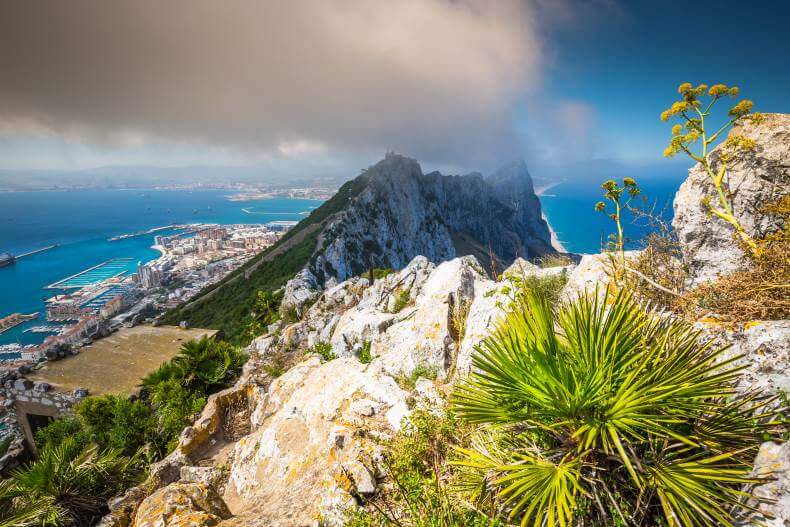
In 1968 a Referendum was taken on whether the people of Gibraltar wanted to remain with Britain or with Spain. 12,762 voted to stay with Britain and ONLY 44 voted for Spanish sovereignty.
In the more recent referendum of November 2002, the people of Gibraltar again showed their desire to remain British by an overwhelming margin.
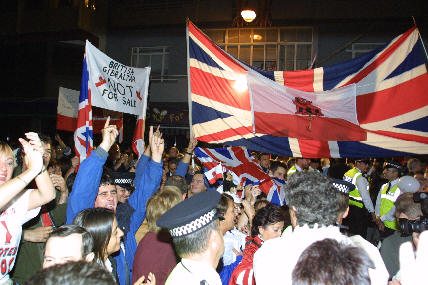
The Chief Minister of Gibraltar at the time, Peter Caruana eloquently summed up the feeling of the its people when he commented “There is more chance of hell freezing over than the people of Gibraltar accepting Spanish sovereignty in any shape or form.”
Published: 3rd December 2016.
Tours of Historic Gibraltar
For more information concerning tours of historic Gibraltar, please follow this link.
